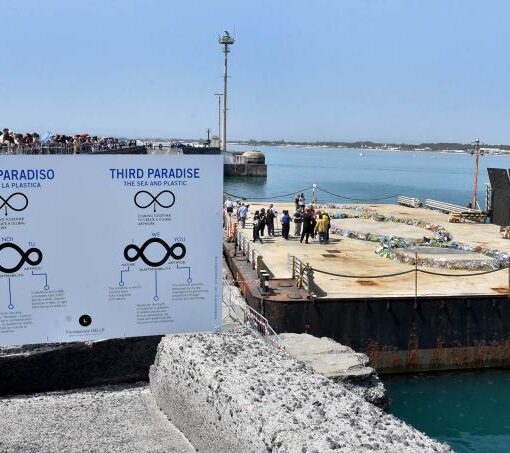The term “natural disaster” is used more and more frequently. The flooding of a river, an earthquake, a landslide, a tornado, a waterspout, or a tsunami are not disasters, they are natural phenomena, the causes of which we have known for some time and which we are able to predict with different timing. An earthquake can only be predicted with a small advance, and a tsunami or a river flood can be predicted with a much larger advance. Yet it happens that each of these phenomena is the cause of many deaths and enormous economic damage.
Why?
Because if houses are built in the expansion tanks of a river, that is in those areas that the river occasionally occupies in the event of particularly abundant rains, it is evident and above all predictable that the force of the water carries away the houses together with those who live there. Furthermore, if, upstream of the river, some genius has also cemented the banks by eliminating the riparian vegetation that slows down the fury of the water, this will have an even greater force when it hits the houses that should not have been there.
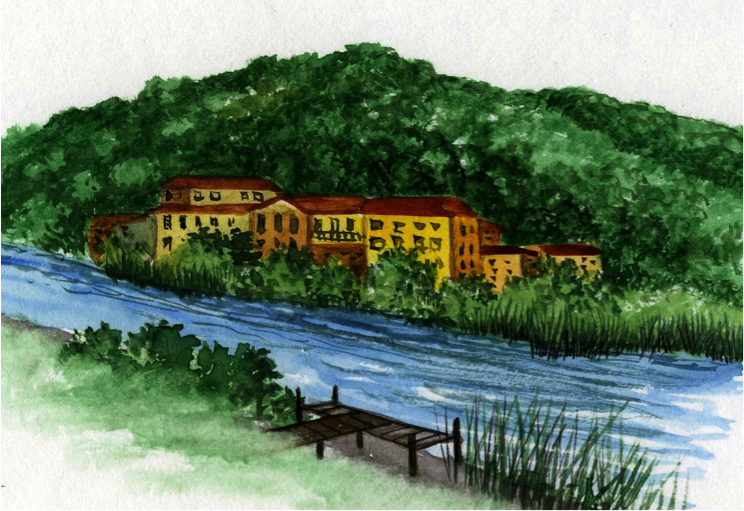
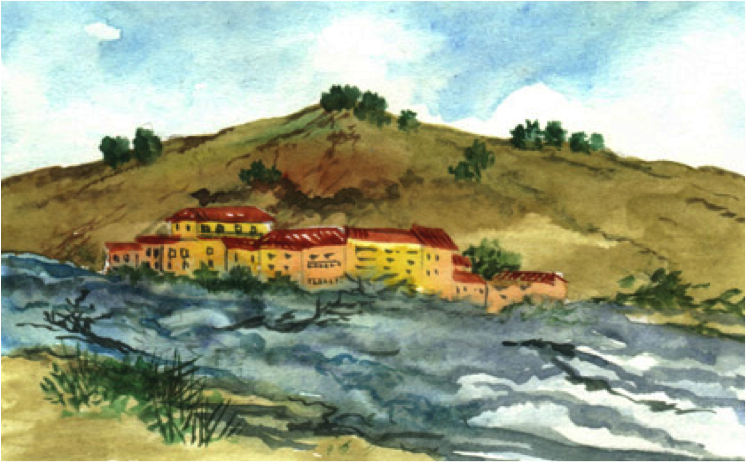
Because if the mangrove forests that live between the land and the sea along the coasts of the tropical and subtropical marine areas of both hemispheres are cut down, it happens that the fury of the waves of tsunamis or cyclones finds no obstacle. Mangrove forests have a mitigating effect on the damage caused by tsunamis and cyclones, so much so that they are considered more effective than structures such as concrete dams: in a coastal strip 100 m wide, 30 trees can reduce the maximum pressure of the tsunami flow by over 90%, if the wave height does not exceed 5 m.
The super-cyclone that hit Indian territory on October 29, 1999, with a wind speed of 310 km/h, caused absolute chaos in areas without mangroves, with over 10,000 dead. Virtually nothing has happened in regions with dense mangroves.
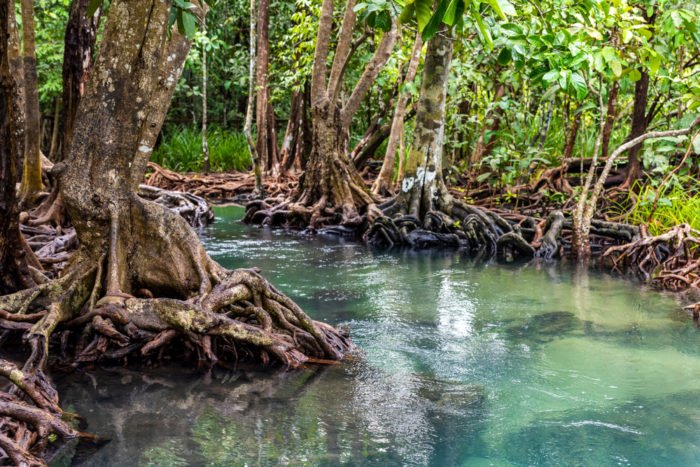
Because if we deprive of vegetation a hill or a mountain bare by cutting down all the trees for firewood, furniture, or charcoal, or by setting fire to the wood which covered them, we must know that nothing will hold back the earth and the boulders which make up the hill or the mountain and they will collapse on our houses or on our streets.
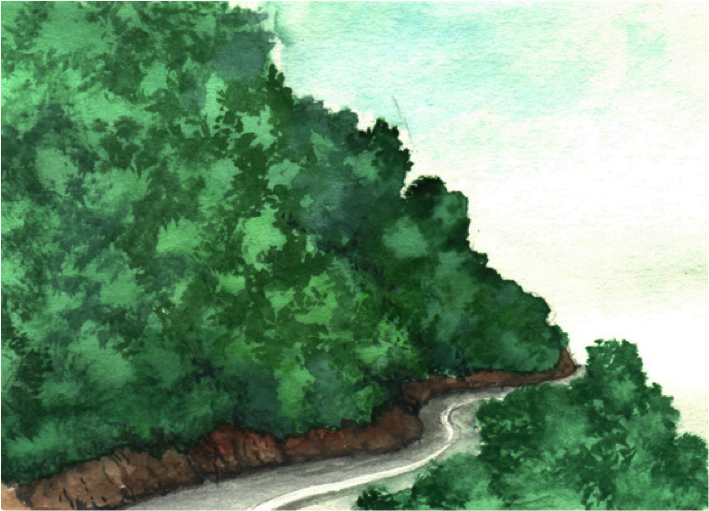
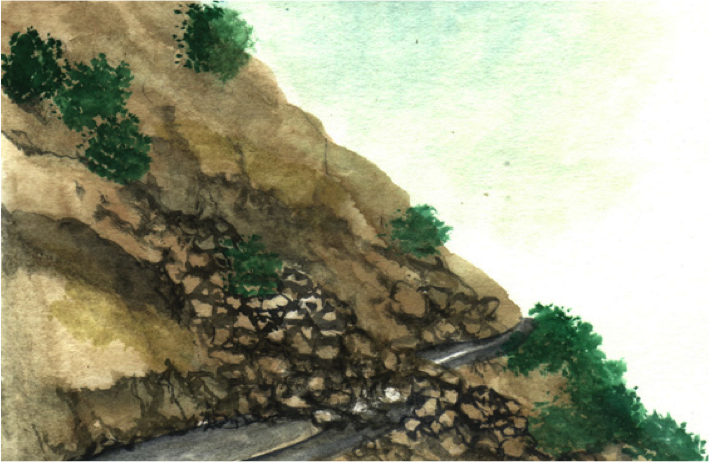
Because if we build entire cities around or even on the faults that separate the movement zones of the earth’s tectonic plates, and we don’t take care to build them with truly anti-seismic systems, we can only expect death and destruction.
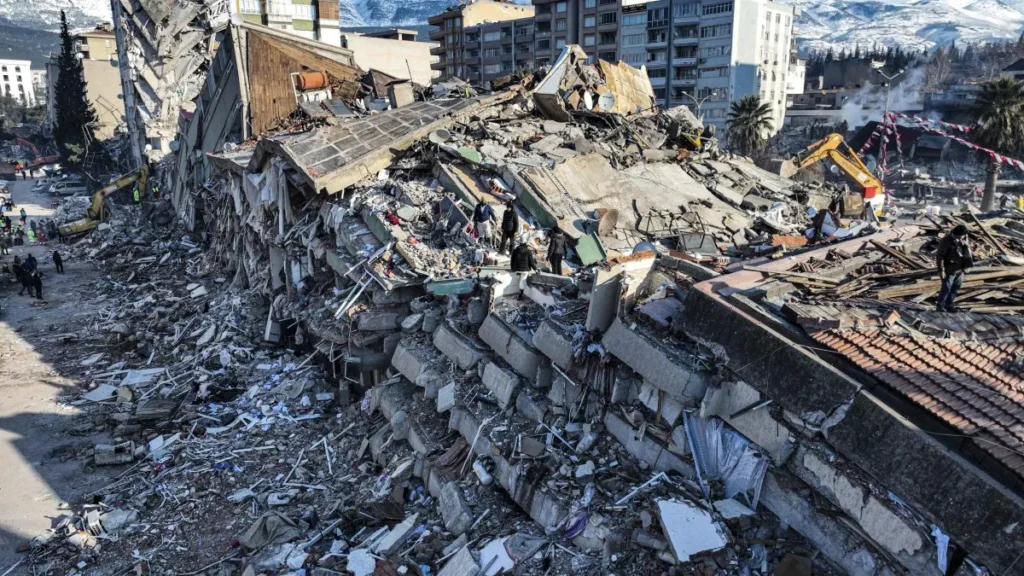
Finally, before defining a natural disaster as a phenomenon that has cost our territories damage and deaths, let us ask ourselves what we did wrong. It will help us, if we want to show a minimum of sense, not to persevere in that error. Using technology to try to overcome the natural phenomena through which our planet evolves cannot be a good idea. Instead, we can use technology to make our stay on Earth pleasant and harmonious by doing what our ancestors did: adapting to the territories they wanted to colonize, taking their characteristics into account and exploiting them in their favour.
Author: Anna Lacci is a scientific popularizer and expert in environmental education and sustainability and in territory teaching. She is the author of documentaries and naturalistic books, notebooks and interdisciplinary teaching aids, and multimedia information materials.
Translation by Maria Antonietta Sessa

